Are you overwhelmed by the options in the glues aisle of the craft store? Here are ten craft adhesives and when to use them, from a professional crafter!
If we paid a visit to the local craft store and went to the adhesives aisle, you’d see a ton of selection. There are so many choices that it can be overwhelming!
I use several types of adhesives in my creative projects, and I wanted to share with you the ten most common from my craft cabinet as well as what I do with them.
Hopefully this helps alleviate some of the confusion and demystifies the craft adhesives aisle!
I selected items beyond regular school glue and glue sticks.
While those are definitely used in the craft room, they’re so common that I don’t think there are a lot of questions about them. However if you have any, leave them in the comments!
Otherwise, I can’t wait to share my favorite glues with you. Here they are!
Tacky Glue
All-purpose craft glues typically have PVA as one of their main ingredients, and you can include school glue, glue sticks, and other white glues in this category.My favorite all-purpose craft glue is Tacky Glue, which seems to be thicker and stronger than other basic craft glues.I use craft glue primarily for gluing embellishments to my craft projects that are decorative (light use). These craft adhesives are great for items where you need light to moderate durability.Suggested Surfaces: Wood, paper, plastic, fabric (anything porous).
Get it Here
Mod Podge
Decoupage mediums, including Mod Podge, are comparable to PVA glues, as they contain polyvinyl acetate (PVA). Decoupaging is the art of layering items onto a surface, and that’s exactly what you do with these craft adhesives.I typically layer fabric or paper onto a surface and then seal with Mod Podge. What I love about decoupage mediums is that they are waterbase and non-toxic, and easy for beginning crafters to use.You can use Mod Podge as “standard” craft glue too, but I only use it when I’m layering and attaching things like paper and fabric to a surface. If I’m attaching embellishments, I use craft glue, as it’s a bit stronger.Suggested Surfaces: Wood, glass, tin, fabric, paper, ceramic, metal, and some plastics (you’ll need to do a test for your plastic).
Get it Here
Hot Glue Gun and Glue Sticks
This glue comes in sticks and is melted onto surfaces using a hot glue gun. Glue guns come in low-temp and high-temp versions, with low-temp versions having a lower risk of sending you to the hospital (both versions should be used with care).I use a glue gun when I need a bond that is set instantly – no “dry time.” It’s perfect for embellishments on vertical surfaces that need a light to moderate bond.Suggested Surfaces: Wood, glass, tin, fabric, paper, as long as it’s lightweight.
Get it Here
E-6000
Sometimes you need an adhesive that provides a bit of a stronger bond. For example, you might want to glue flat glass marbles onto a glass vessel – and a “regular” craft glue or adhesive isn't suitable for that. It's just not strong enough.E-6000 fits into the category of industrial adhesives, but it's nice because no mixing is required (like some other two part adhesive systems). I personally use it for jewelry, to add heavier embellishments, and for any situation where I need a pretty strong bond.E-6000 dries clear and once cured, it’s waterproof, washer/dryer safe, paintable and safe for photographs.Suggested Surfaces: Wood, fiberglass, glass, ceramic, leather, concrete, plastic, metal, rubber, fabric.
Get it Here
Glue Dots
Typically made of rubber co-polymer, resin, and mineral oil. Adhesive dots go by many brand names, and have many purposes. Some are permanent and some are repositionable.I love the kind that come on a roll and use a dispenser for easy application. I prefer using adhesive dots in paper crafting projects, when you need a strong bond between lightweight items.Suggested Surfaces: I use adhesive dots for paper-to-paper applications.
Get it Here
Aleenes Fabric Fusion Adhesive, 8-Ounce
If you've never put regular glue on fabric, you probably notice how crusty it gets. A lot of craft adhesives stiffen after washing as well – and that's where fabric glue comes in.Adhesives in this category are formulated to permanently adhere a wide variety of fabrics, including cotton, flannel, leather, and jersey, and embellishments for fabric, such as trims, sequins, and beads.When I want something to be washable and remain flexible, and it's a new sew project, I use fabric glue.Suggested Surfaces: Fabric to fabric and other related embellishments, especially when you want to wash them.
Get it Here
Spray Adhesive
These craft adhesives come in cans with a spray nozzle, and are adhesives combined with propellant for even distribution across your project.There are a variety of strengths including low-tack (which is temporarily repositionable) and high-tack (which is permanent).Spray adhesives work well for paper projects that are a bit larger – I would use them when adhering a large piece of paper to a lightweight item; I would not use with small items as it would be difficult to accurately place the adhesive.Suggested Surfaces: Paper and other lightweight porous surfaces.
Get it Here
Wood Glue
The most common type of wood glue is polyvinyl acetate (PVA). This adds to the stickiness of the glue, making it a bit stronger than most craft glues.There are some additional chemical elements in wood glue beyond PVA, so use these glues with care. Wood glue can also take some time to set, so you’ll have to hold items in place or use clamps.This glue is frequently used in woodworking projects, but can also be used for crafts where wood is involved.Suggested Surfaces: I use wood glue when gluing wood to wood only.
Get it Here
Super Glue
Also known as “Krazy Glue,” super glue is part of a family of adhesives known as cyanoacrylates. They have industrial, medical and household uses and have some minor toxicity (so use with care).I use super glue when I really need a strong bond that isn’t going to come apart, even if subjected to things like weather and moisture. This is an even stronger bond than E-6000.Standard craft projects won’t need this type of durability, but on occasion you’ll need these craft adhesives if your item will be subjected to extensive wear and tear.Once you open the container, the shelf life is about one month – and always be careful of getting it on your fingers when using (they can stick together)!Suggested Surfaces: Glass, metal, plastic, rubber.
Get it Here
Rubber Cement
This is an adhesive made from elastic polymers (typically latex) mixed in a solvent. It’s relatively toxic smells strong, so you need to use it in a well-ventilated area.When rubber cement is applied, the solvents evaporate and the latex is left behind, leaving the surface flexible. Therefore I recommend using rubber cement in applications where the surface needs to remain flexible (like collage pages or journaling).It’s also easier to remove than other adhesive, so rubber cement is good to use when you might change something about your project later.Suggested Surfaces: Paper – does not work well on fabric (use a fabric glue instead).
Get it Here
Now that I’ve shared my favorite craft adhesives, let me know what yours are in the comments – and what you use them for!
If you enjoyed this post, I hope you’ll check out these other posts I think you might also like:
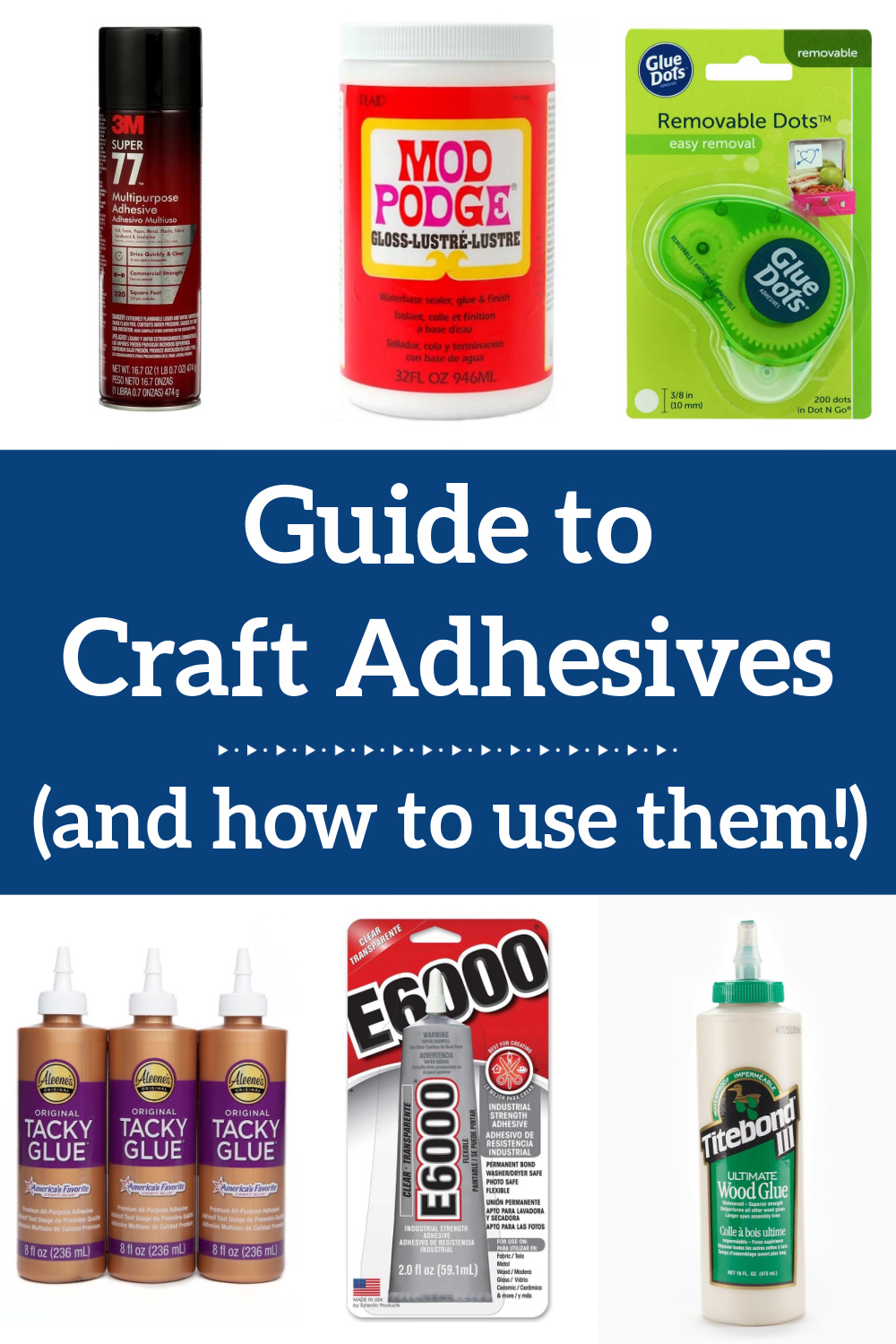

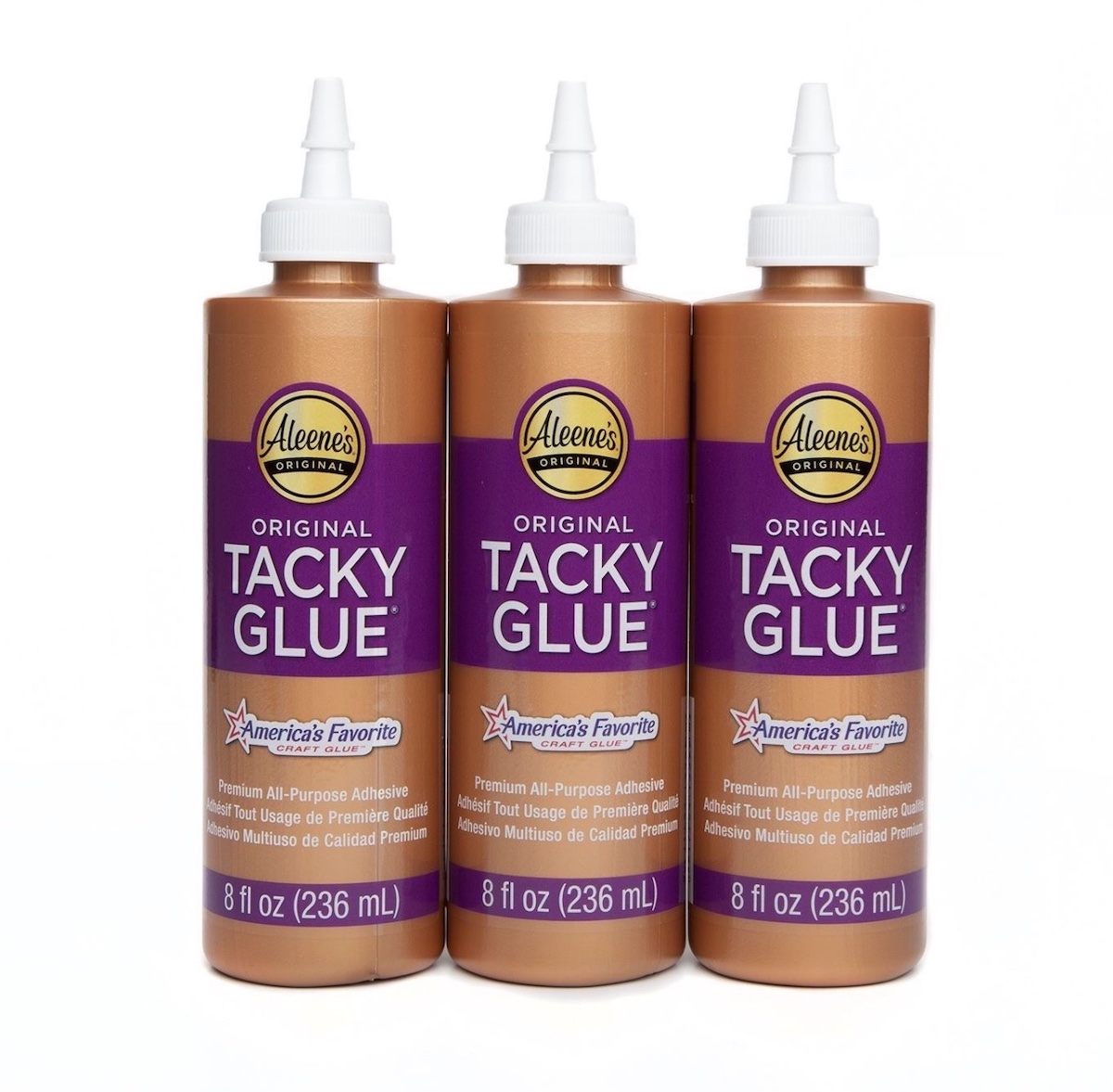
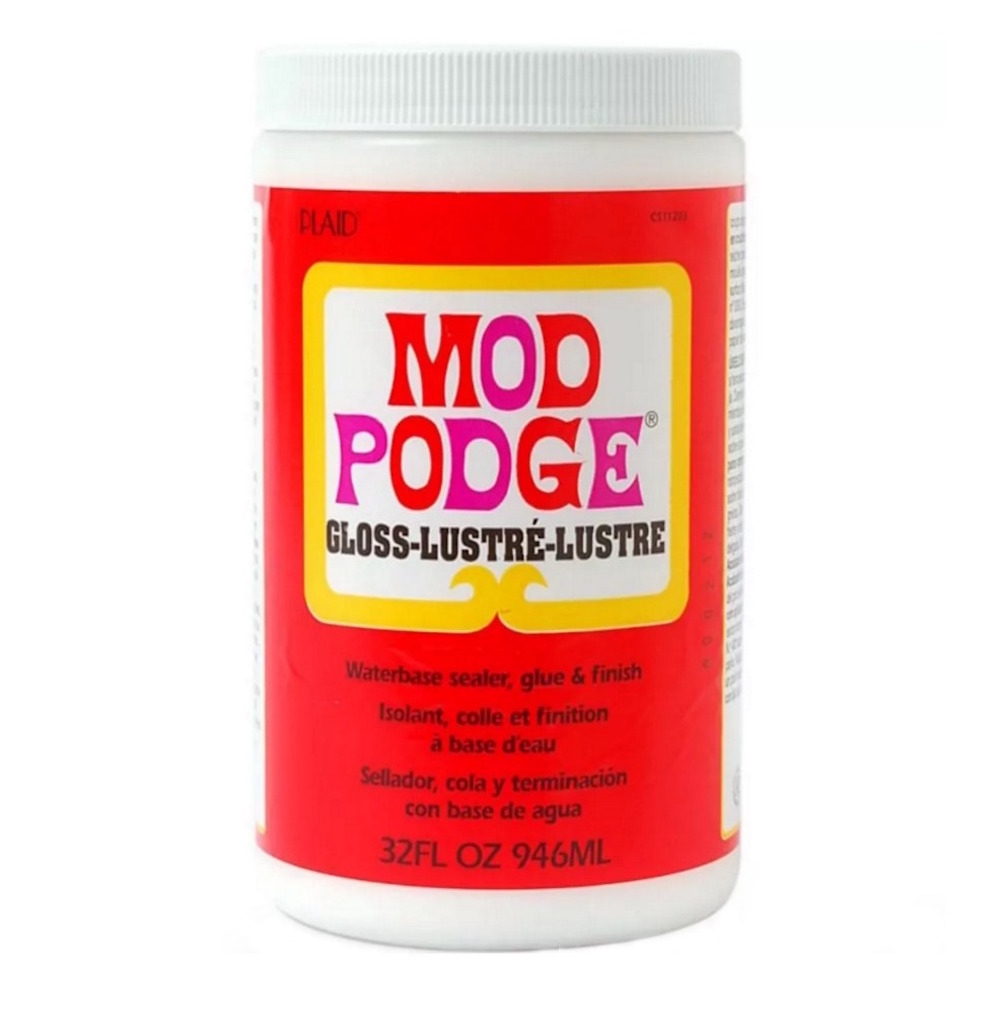

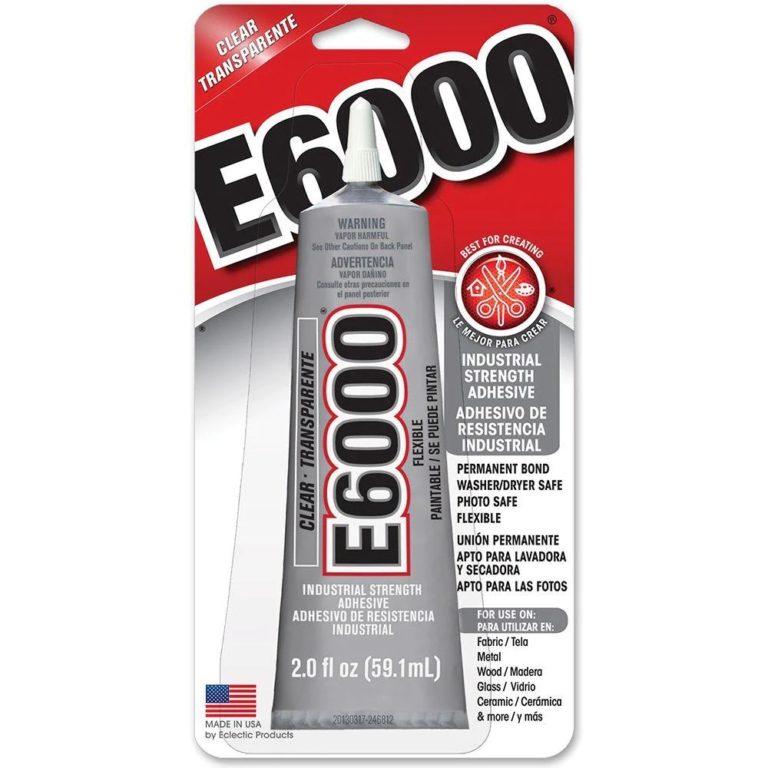
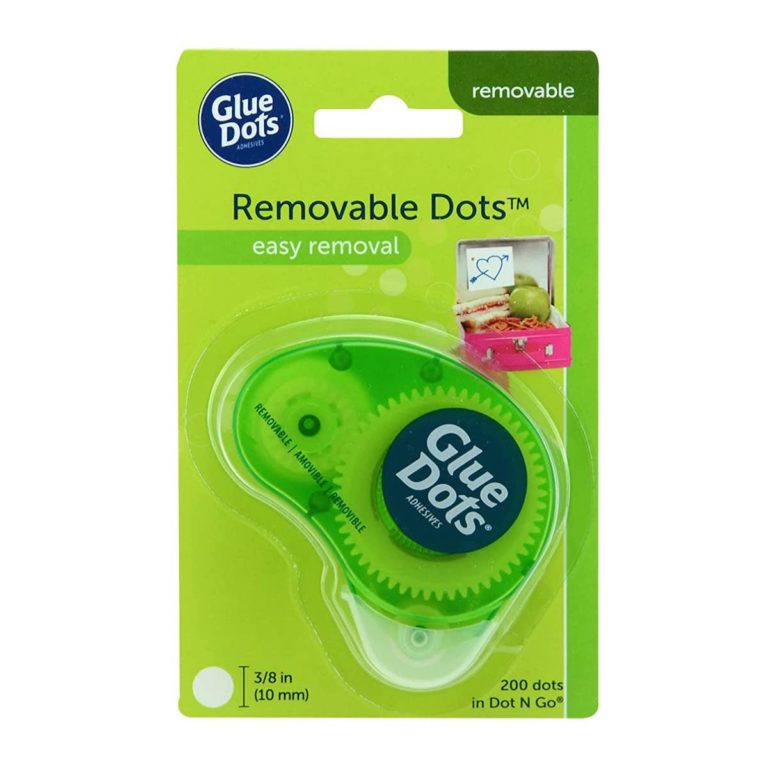
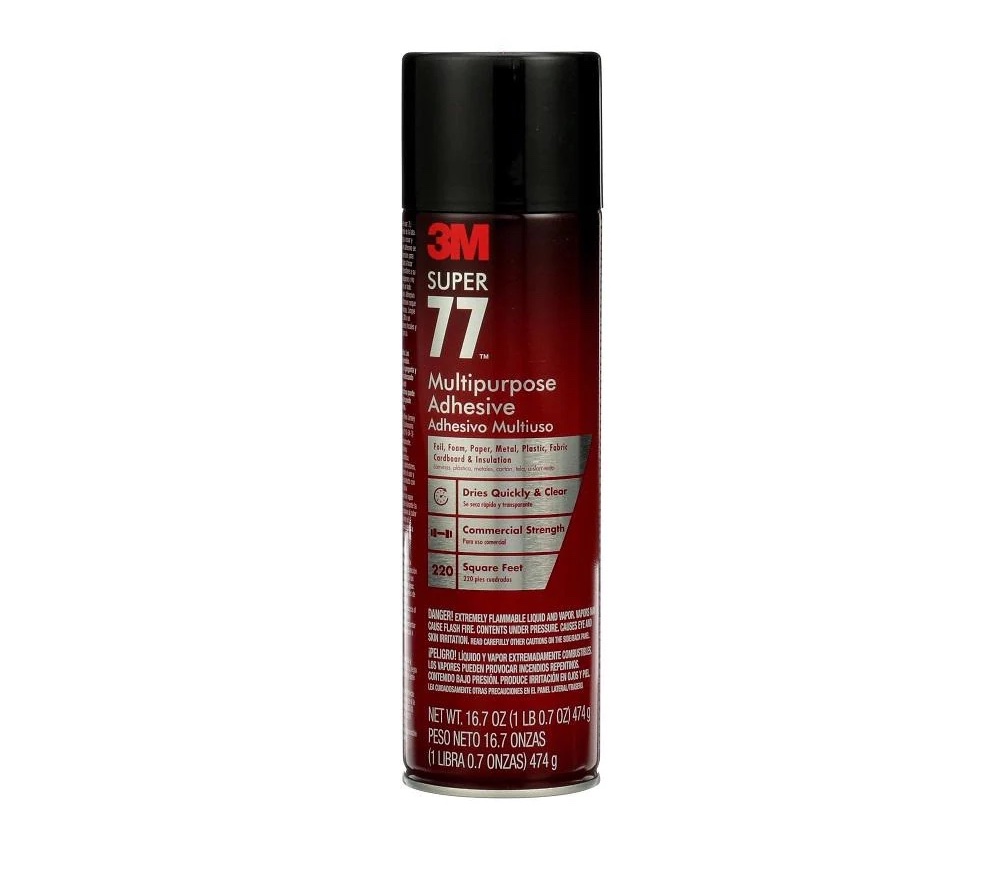
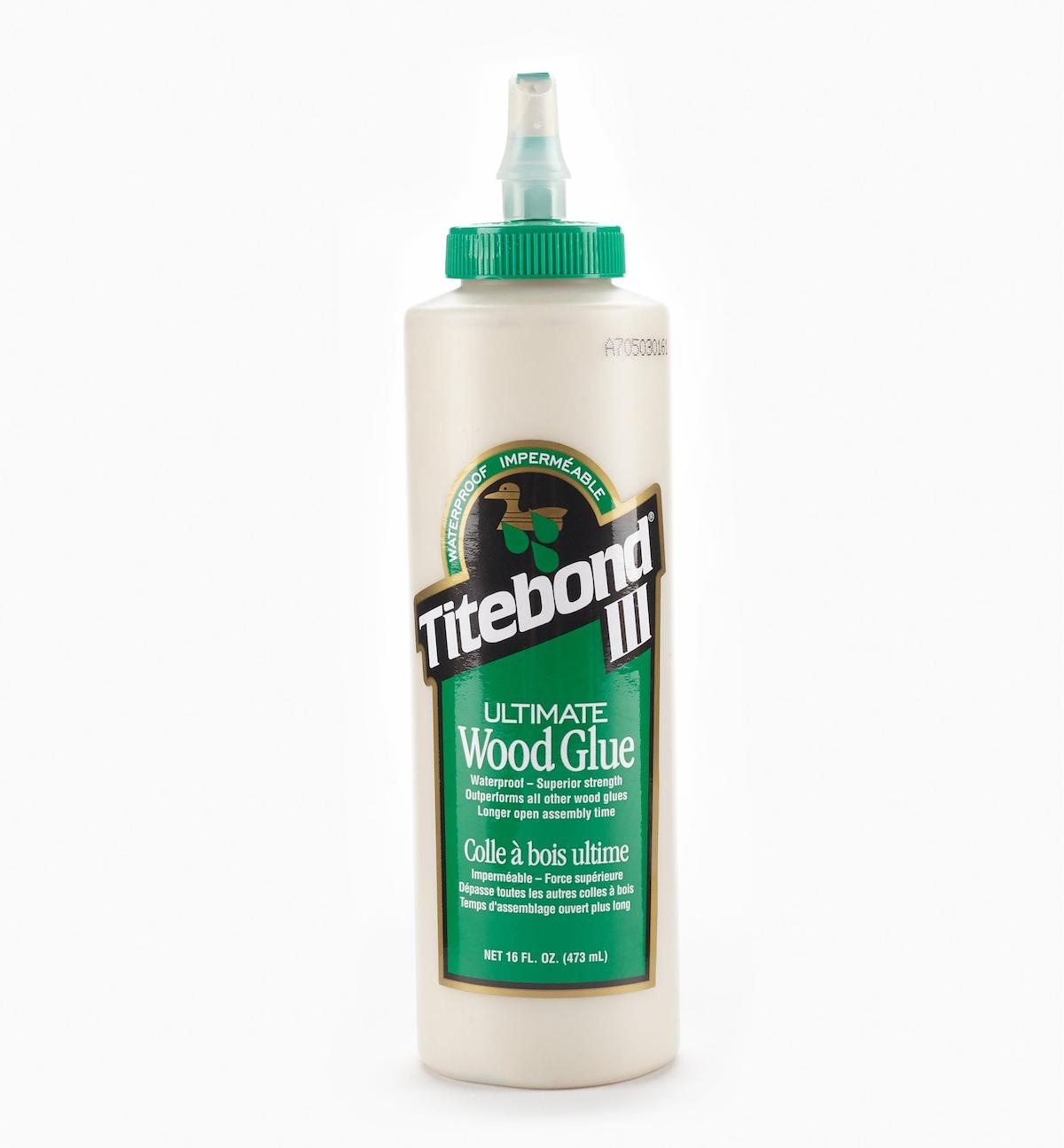
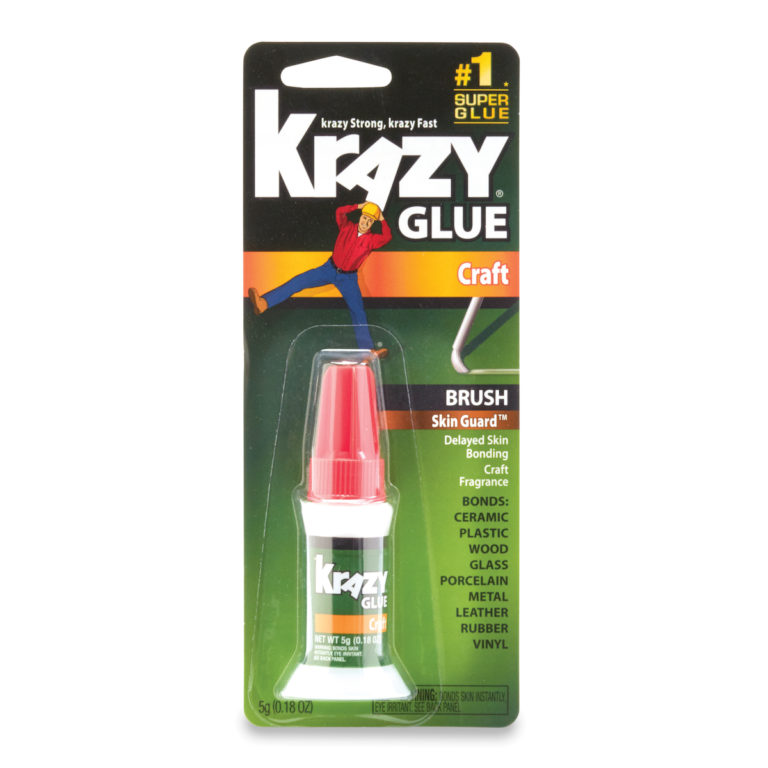

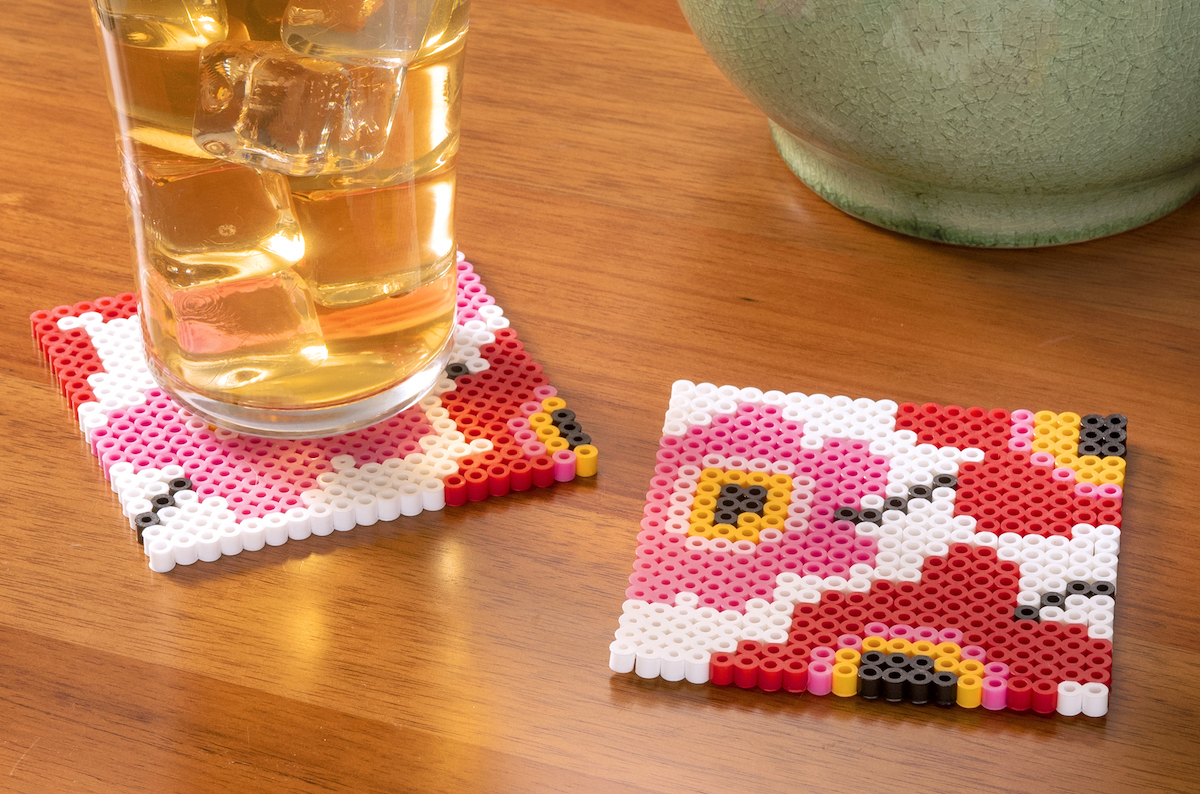
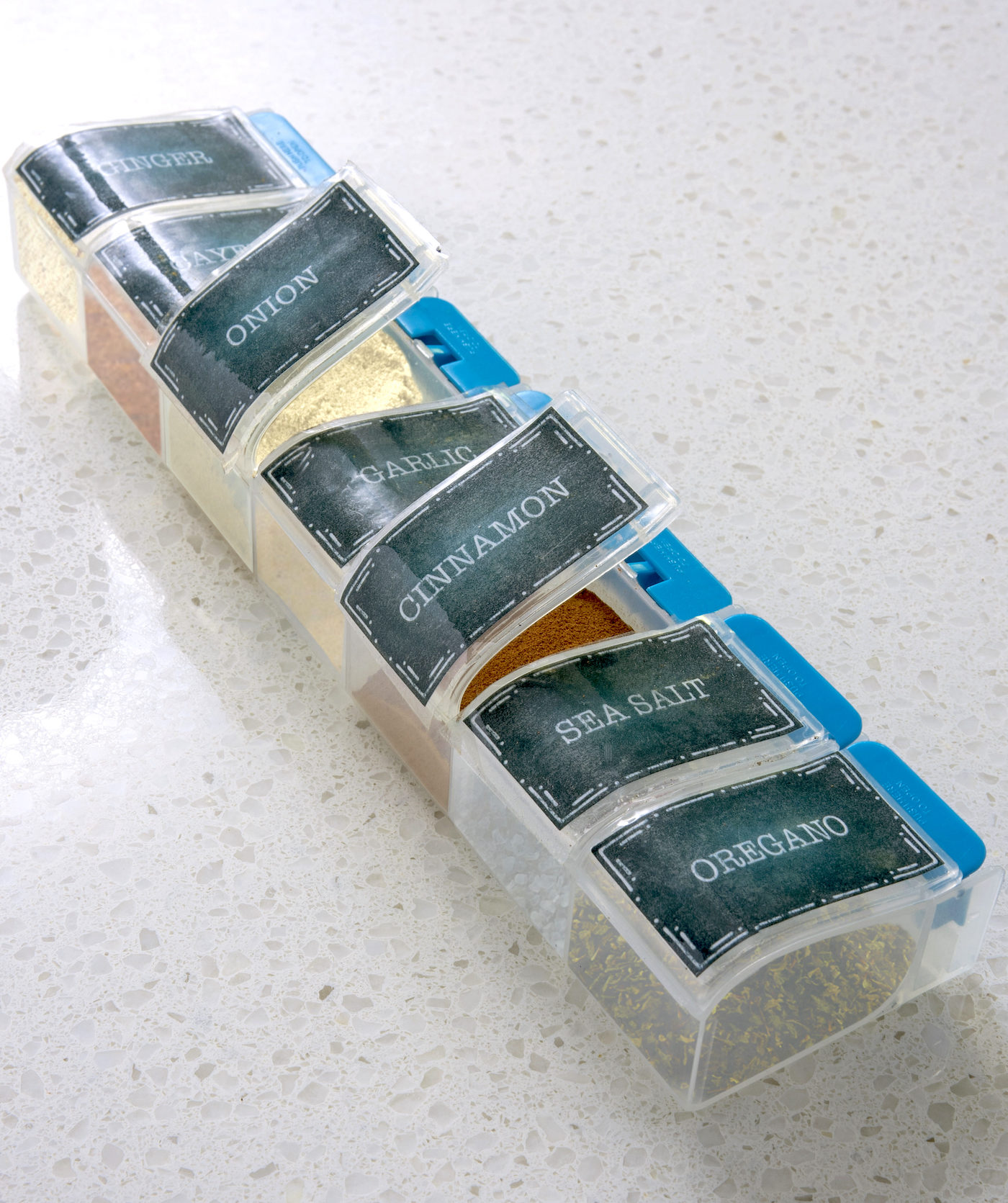
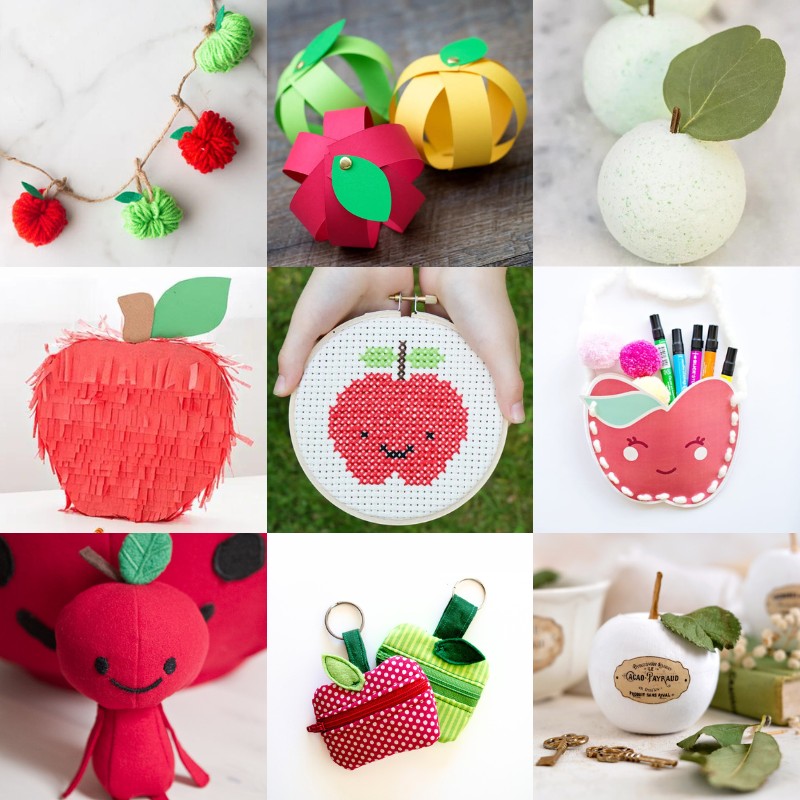
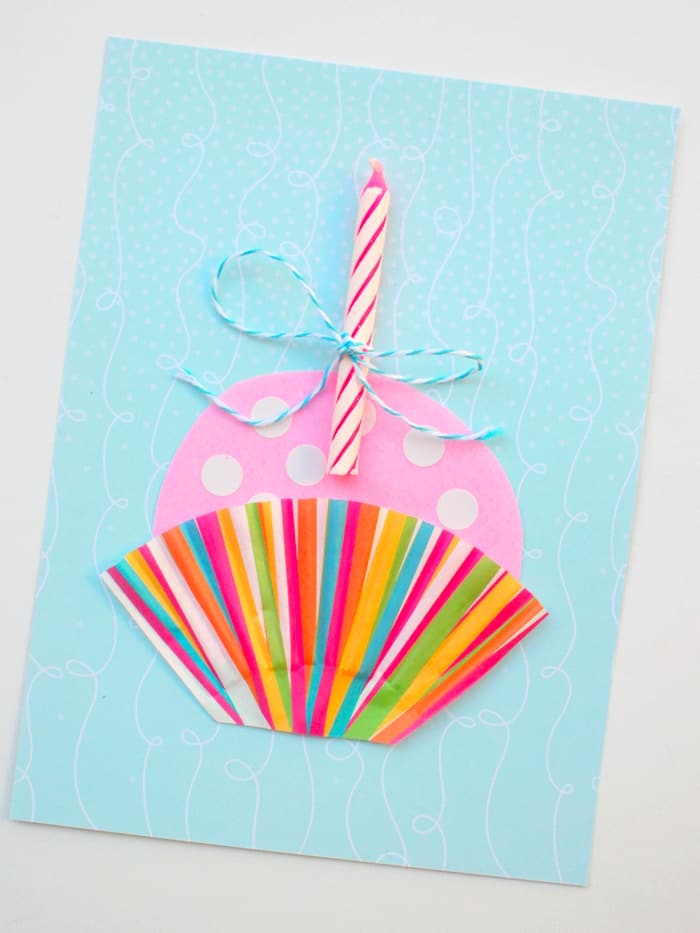
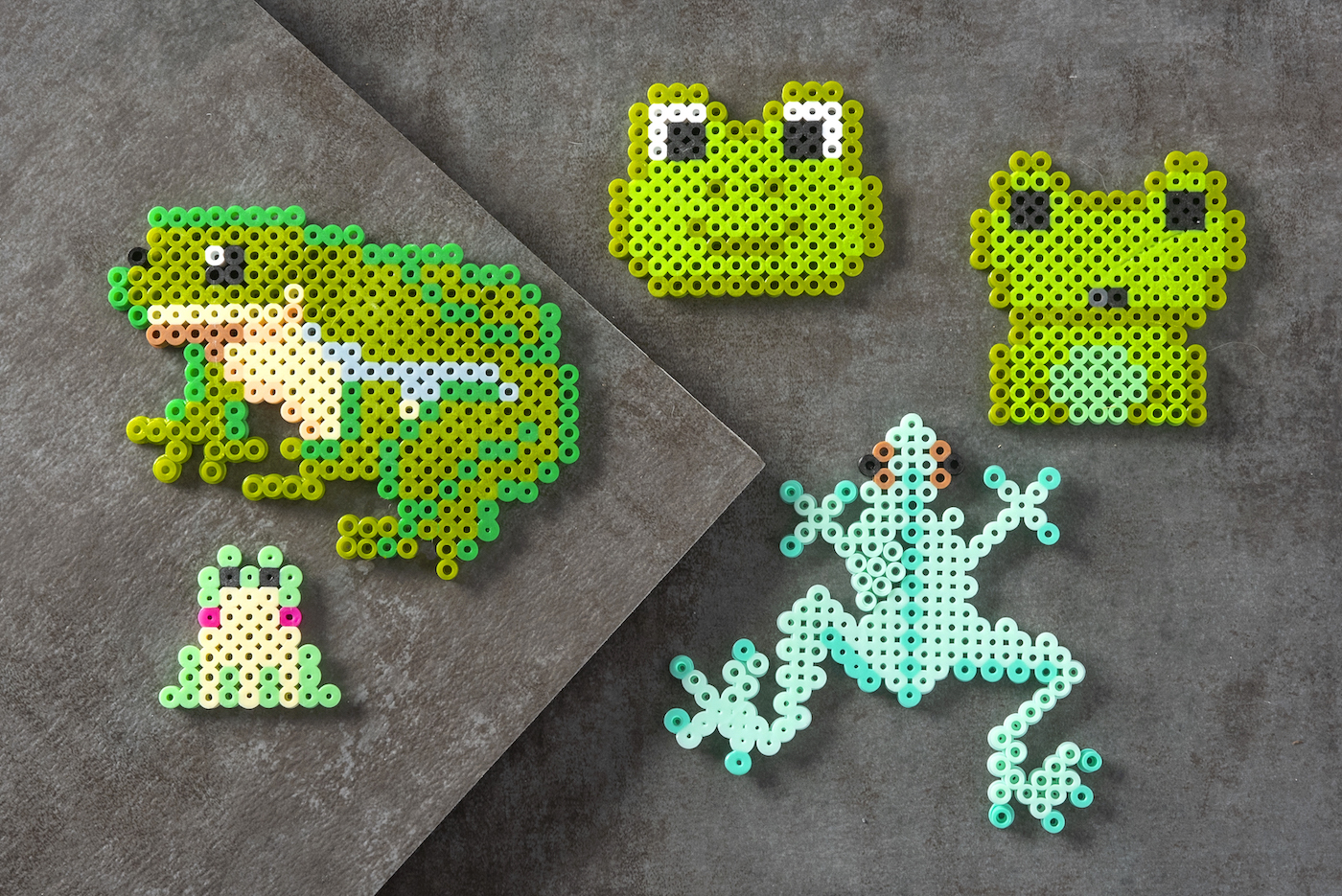

Good list of adhesives…I was really surprised to find E6000 missing from the list. It has become my go-to adhesive nearly all of my crafting.
@Judith A Hall, it’s #4 on the list.
I learned about paper cement in art school – very similar to rubber cement, but the bond is permanent. You can find it in art supply stores and online. I have never seen this product in Michael’s or Hobby Lobby. I love it.
And I agree w/ Judith. You missed E6000 – I use this almost exclusively on my mosaic projects.
What type of glue would work for gluing several corks together and dries clear and water proof?
Hi Susan! E-6000! It’s not on this list but I need to add it. Thank you!
Okay so I took an end table apart to paint and decorate it. And I don’t have any wood glue, so IMA asking will tacky glue or craft bond work for the time being?
I’m assuming by taking it apart that it has dowels or hardware that also applies to this situation? The glue should just be an addition to dowels or hardware. You could use tacky glue just fine unless the table is going to be very load bearing (heavy things on it).
None of the Glue articles seem to cover my issue. I use lazer printed color ink on heavier weight paper for most of projects. I need to layer the paper by glueing to this waxy, slick surface. Plus it must to be a bendable glue. Most common glues don’t stick. If the page is even slightly bent crackles and breaks off. Any ideas. Any ideas?
Hi Sher! The reason for that is cause I’m talking about light to medium weight craft adhesives and not the hardcore stuff like epoxy and plastic glues. When you’re dealing with slick surfaces, that usually means you’re dealing with something that is a polymer (plastic or plastic-y) which is hard to glue. I’d try a plastic glue: https://www.amazon.com/Best-Plastic-Glue/s?k=Best+Plastic+Glue
I haven’t tried any of these, but you’re going to need something like one of these. It looks like https://gluemasters.com/ has some products that might work for what you are doing. I would email them and explain your product and ask what they think. I think they’ll have something strong!
AND, if you want an Absolutely Forever bond, but you’d best have a Excellent Eye for alignment and a Steady Hand because once a corner connects – its done.
Practice first.
Begin by very thinly coating both sides, edge to edge, with a consistently smooth coat. Let both sides dry completely. Once dry line up one side or corner and from one side, using a straight edge to apply light to medium pressure as you move across, to ensure a bubble free bond.
This is Such a tough and reliable bond you can use it to reattach a shoe sole!
@Kristina, what glue are suggesting and what objects are you gluing with this double-glue or glue-to-glue technique?
Thank you so much for doing this list. Just what I needed. You are great
E6000 is the 4th one on your list am I missing a diff one they keep saying it’s not on your list
@Micki, I did initially miss E-6000 when I wrote this and added it later 🙂
I am wondering what you would advise… I am making Father’s Day gifts for the church. I am putting card stock paper cutouts on ceramic coffee cups that will be gifted in less than 2 weeks so I would like them to be cured and ready for use. I was going to use Mod Podge but that takes 28 days would I better off using E6000 or maybe 3M 77 or another product?
What’s the difference between Yes Paste and Mod Podge?
Hi Karl! Looking at Yes Paste, which I’ve never used, it looks like a thick brushable glue. I don’t know how that compares in composition to Mod Podge, but Mod Podge is thinner. You can’t decoupage with something that thick. So they are definitely different consistencies. I’d look up the MSDS sheets if you want more details on ingredients!